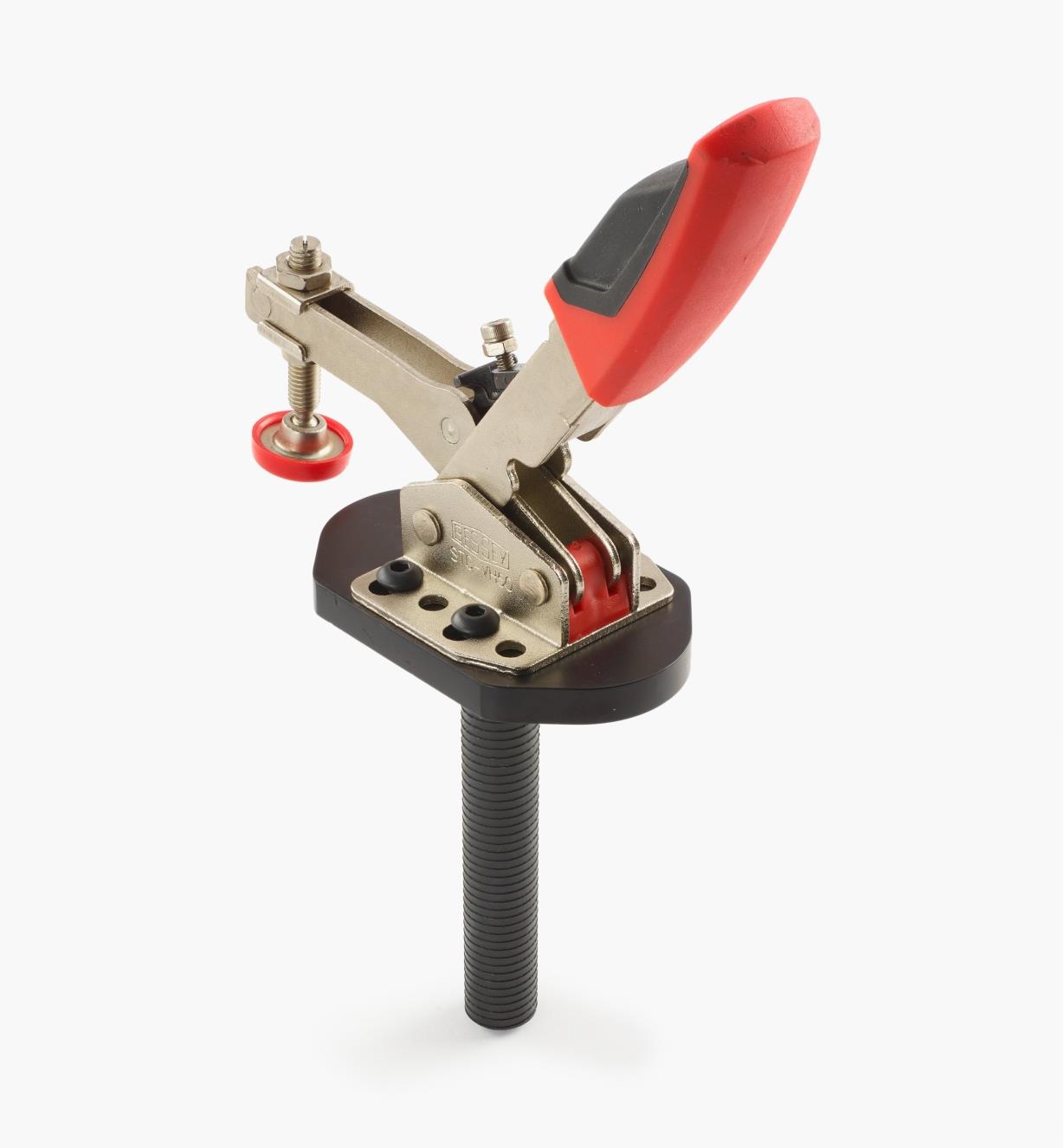Looking to make my first torsion box work bench. Have a few questions though. I plan to have the sacrificial top overhang the torsion box by 4” on all sides. I plan to make my grid out of left over 3/4” oak plywood and have the top and bottom be left over 1/2” birch plywood, then use a full 4x8 sheet of melamine for the sacrificial top. Which as I stated will over hang 4” all the way around. So that will make the torsion box itself be 41” wide x 89” long. And have the grid ribs be 4” tall. Now for my questions.
1.) are there any certain formulas on the grid pattern or spacing of grid?
2.) with regards to the grid. Can I use butt joints? Or would half laps be that much better? If I use butt joints with glue and brad or finish nails, I would have to offset each of the internal ribs so that I could get my nail gun in there. Is that ok?
Thanks in advanced to anyone who takes the time to help me on this. You guys are the best!




 Reply With Quote
Reply With Quote






